Pixel 4 vs. Pixel 3: Should you upgrade?
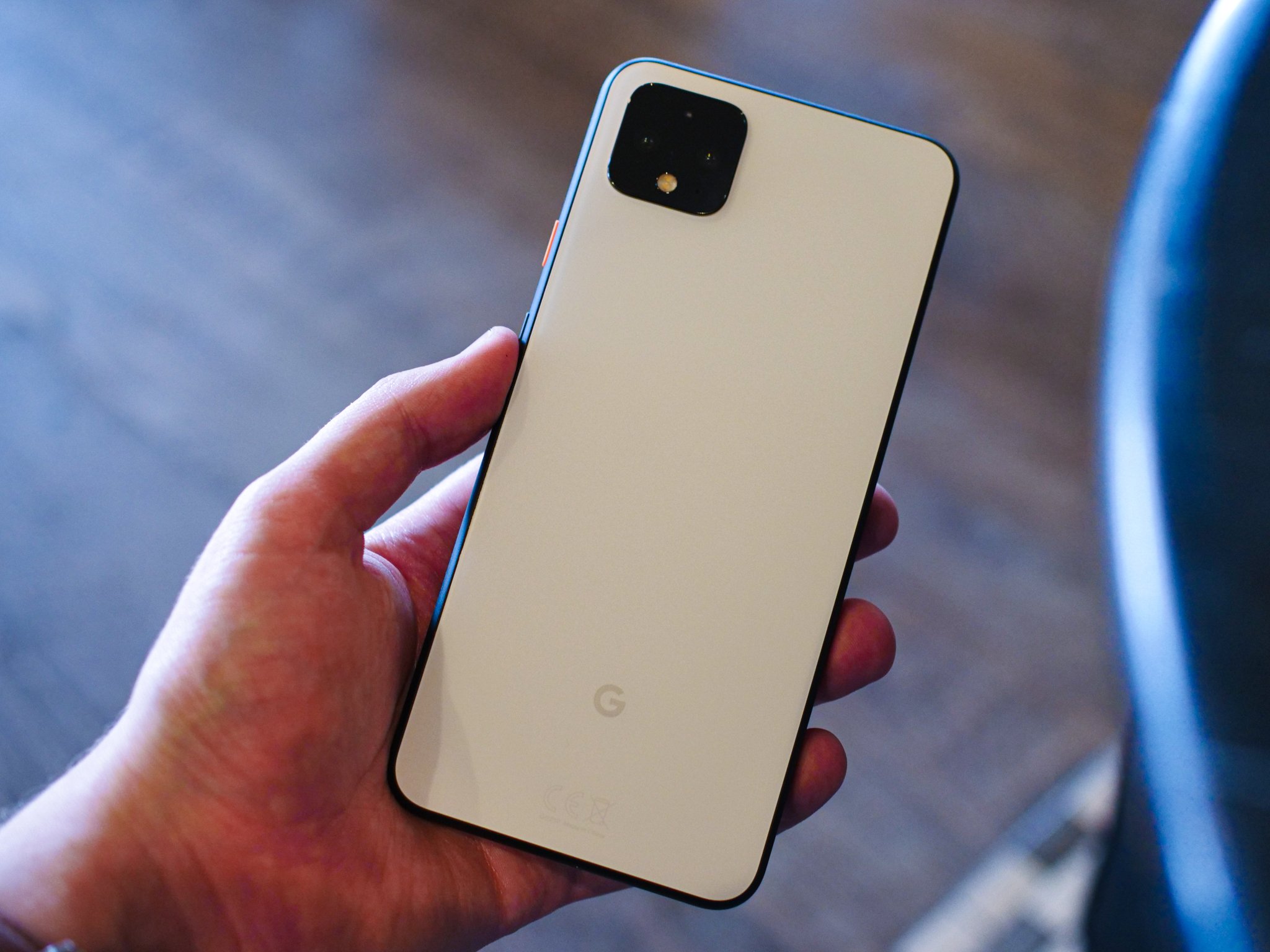
Google Pixel 4
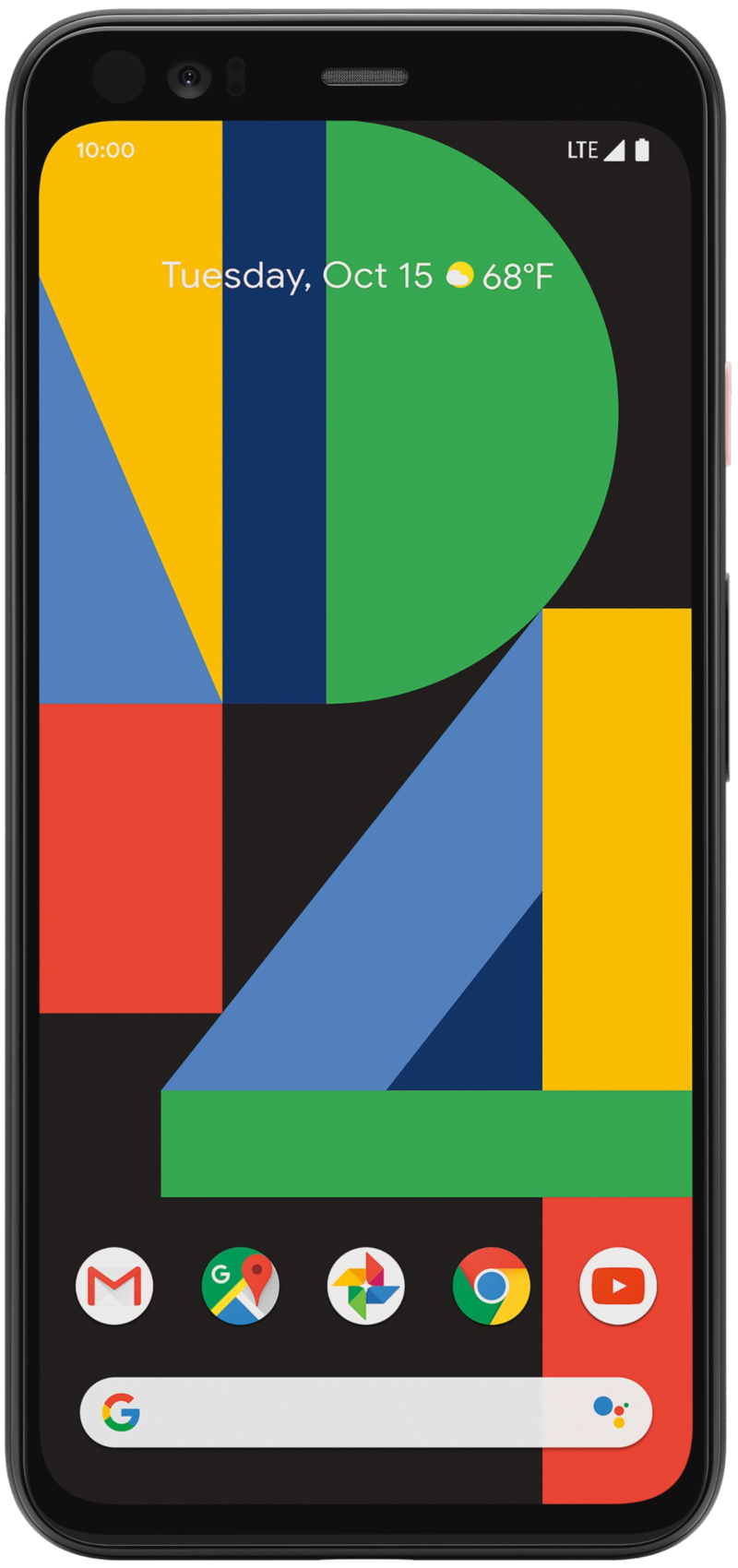
Google went all out with the Pixel 4. One of the highlights is the 90Hz display, making everything from apps to games ridiculously smooth. There's also a powerful face unlock feature, Motion Sense gestures for controlling the phone without touching it, and a second rear camera — a first for any Pixel device.
Google Pixel 4
Reasons to buy
Reasons to avoid
Google Pixel 3
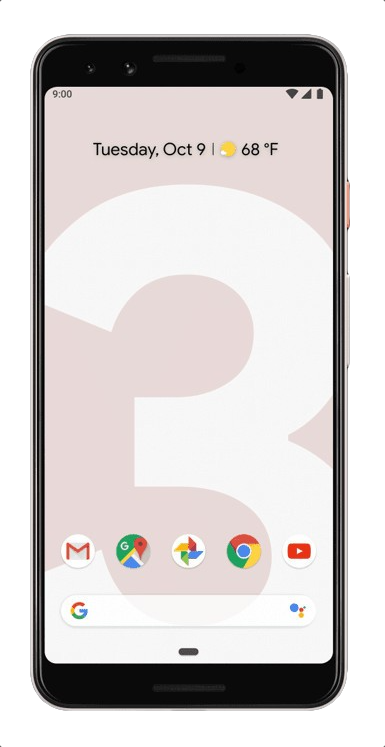
While the Pixel 3 isn't nearly as flashy as its newer sibling, it's still plenty capable these days and should get you through another year of use just fine. Its AMOLED display looks great, performance is plenty fast, and the single rear camera continues to be one of the best on the market. Plus, the battery is even a bit bigger.
Google Pixel 3
Reasons to buy
Reasons to avoid
There's no denying that Google created a killer smartphone with the Pixel 4. There are upgrades to core features, such as the display and performance, along with entirely new goodies in the form of Google's face unlock and Motion Sense gestures. Techies that want to live on the bleeding edge will be happy with their upgrade, but if the Pixel 3 is still doing right by you, don't feel like you need to replace it. Its camera is still outstanding, some people will likely prefer its traditional rear-mounted fingerprint sensor, and battery life will potentially be better.
The Pixel 4 is chock-full of upgrades
Being the newer of the two phones, it shouldn't come as any surprise that the Pixel 4 is loaded with upgrades compared to the Pixel 3. For some folks, the changes Google's made might be enough to encourage them to upgrade even if they already have the Pixel 3.
Right off the bat, one of the big draws to the Pixel 4 is its display. The Full HD+ OLED panel is pretty much identical to the Pixel 3 in regards to display technology and resolution, but there's one big update that has us excited — the refresh rate. You see, where most phones (the Pixel 3 included) have a 60Hz refresh rate, the Pixel 4 ups things to 90Hz. In real-world use, this means that everything from scrolling through menus, navigating web pages, and playing games all look noticeably smoother and more fluid. It's hard to describe the effect of a 90Hz display through words, but once you see it in person for yourself, you'll understand the appeal.
Techies will be happy with their upgrade, but if the Pixel 3 is still doing right by you, don't feel like you need to replace it.
The Pixel 4 has a sizable display bezel by 2019 standards, and there's a reason for that. Behind the black border is an array of robust sensors, allowing for a couple of noteworthy features: face unlock and Motion Sense gestures.
Face unlock is exactly what it sounds like, allowing you to scan and register your face so that you can unlock the Pixel 4 just by looking at it. This isn't the first Android phone to offer a face unlock feature, but Google's going a step beyond most companies. Not only is the Pixel 4's face unlock more secure than the average bear, but it goes beyond the lock screen. Just like you would with a fingerprint sensor, you can use the Pixel 4's face unlock to securely log in to apps, authorize purchases, and more. Anywhere you'd normally use a fingerprint for biometric authentication, you can use face unlock.
Be an expert in 5 minutes
Get the latest news from Android Central, your trusted companion in the world of Android
As for Motion Gestures, this is a system Google's created that allows you to control certain aspects of the Pixel 4 without touching its screen. The implementation is somewhat limited right out of the gate, but in its current state, Motion Sense allows you to wave your hand over the Pixel 4 to silence alarms, dismiss incoming calls, and skip through songs in supported media apps.
Flipping the Pixel 4 over, you'll also find something we've never before seen on a Pixel device — multiple rear cameras. Along with what's essentially the same 12-megapixel camera found on the Pixel 3, the Pixel 4 also has a 16-megapixel telephoto sensor. This allows you to zoom in closer on your subjects, making it easier to take pictures of things that are far away.
Under the hood, the Pixel 4 also benefits from increased performance. Not only are you getting the Snapdragon 855 from Qualcomm, but there's now 6GB of RAM compared to all past Pixels that have used just 4GB.
| Header Cell - Column 0 | Google Pixel 4 | Google Pixel 3 |
|---|---|---|
| Operating System | Android 10 | Android 10 |
| Display | 5.7-inchOLEDFull HD+90Hz refresh rate | 5.5-inchOLEDFull HD+60Hz refresh rate |
| Processor | Qualcomm Snapdragon 855 | Qualcomm Snapdragon 845 |
| RAM | 6GB | 4GB |
| Storage | 64/128GB | 64/128GB |
| Rear Camera 1 | 12MP main camera | 12MP main camera |
| Rear Camera 2 | 16MP telephoto camera | ❌ |
| Battery | 2,800 mAh | 2,915 mAh |
Why you should keep the Pixel 3 another year
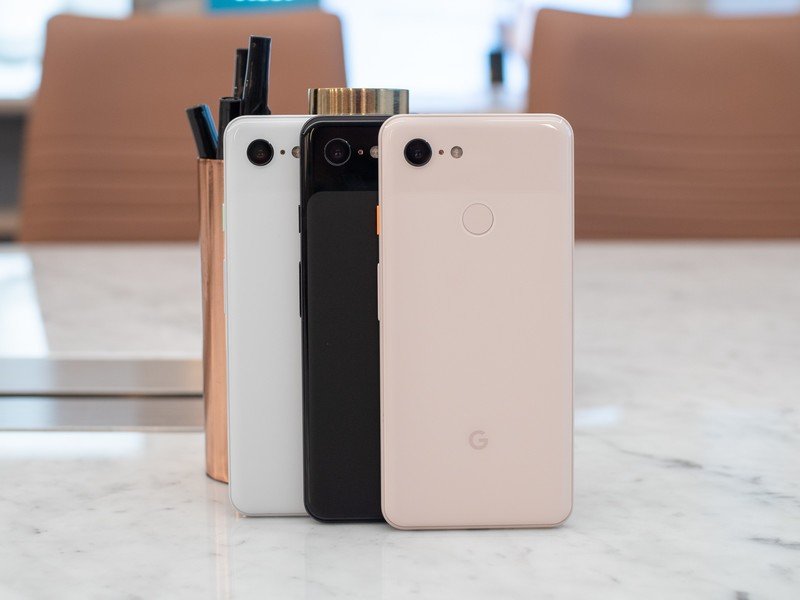
With the Pixel 4 bringing so much newness to the table, why in the world should you keep your Pixel 3? As cool as the Pixel 4's upgrades are, none of them go far enough to make the Pixel 3 irrelevant.
Yeah, the 90Hz display looks fantastic, but with most phones still shipping with a 60Hz panel, its presence on the Pixel 3 doesn't feel out of place. Similarly, when looking at the OLED technology and resolution, the Pixel 3 is nearly identical to the Pixel 4.
The Pixel 3 also limits you to just one rear camera instead of two, but this shouldn't be considered too much of a loss for most people. The single 12-megapixel lens on the Pixel 3 is the same one found on the Pixel 4, and it continues to take some of the best pictures of any smartphone currently available. Even better, new software features in the Google Camera app on the Pixel 4, like the jaw-dropping Astrophotography mode, are already available for the Pixel 3.
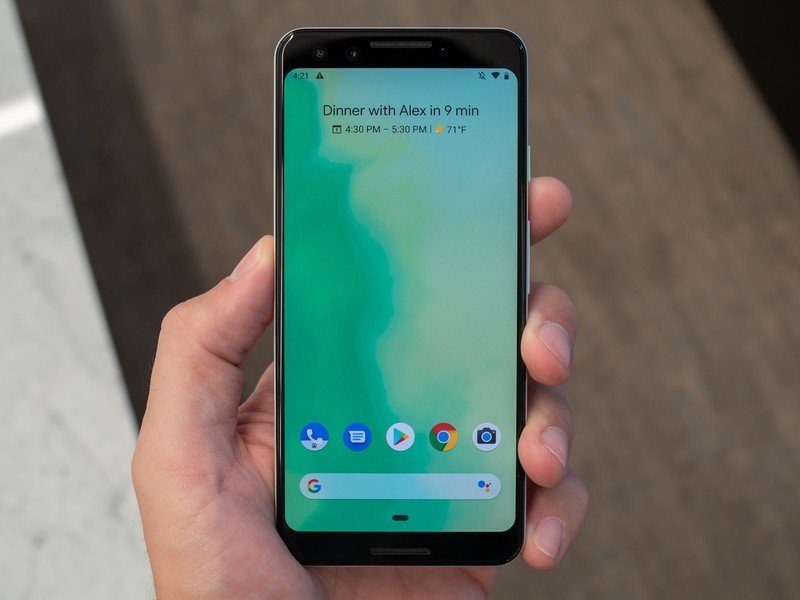
Google's face unlock feature for the Pixel 4 works really well, and not having that on the Pixel 3 is a bummer. However, the Pixel 3 makes up for this by offering an "old-fashioned" fingerprint sensor on its backside. While not as technically impressive, the Pixel 3's fingerprint sensor has proven to be fast, accurate, and highly reliable. It serves the same core purpose of the Pixel 4's face unlock, the only difference being you need to put your finger on the back of the phone. Furthermore, with a lot of apps still not supporting the Pixel 4's face unlock, you could easily make the argument that the Pixel 3's fingerprint sensor is more useful.
Internally, the Pixel 3 is using 2018's Snapdragon 845 processor paired with 4GB of RAM. That should still be enough horsepower for another year's worth of use, but that small amount of RAM has proven to be a big pain point for some owners.
The continuous upgrade dilemma
Whenever a new version of your existing phone comes out, it can be very tempting to drop what you're doing and buy the latest model without giving it any second thought. For other people, however, it can be preferable to keep pushing off an upgrade year after year until you're left with a barely-functioning device.
If you're itching to experience Google's latest flagship, it's a great purchase.
In the case of upgrading to the Pixel 4 from the Pixel 3, most people are probably fine to sit this one out and wait and see what Google has to offer with the Pixel 5 in 2020. Yeah, there are some nice upgrades, but the Pixel 3 is still rock solid. Between its display, camera, and clean software that'll keep getting updated through 2021, it has plenty of love left to give.
At the same time, if you're a self-proclaimed techie and love having the latest and greatest, the Pixel 4 aims to please. The 90Hz display is a big win, as is the powerful face unlock feature and potentially better multi-tasking performance thanks to the extra RAM.
Like so many things, this ultimately comes down to your situation. If you're happy with the Pixel 3 and don't feel like dropping a few hundred dollars on a new phone, you're perfectly fine to pass on the Pixel 4. If you're itching to experience Google's latest flagship and are enticed by the new features offered on the Pixel 4, it's a great purchase.
As a great philosopher didn't say — you do you, boo!

A 90Hz display, more RAM, and dual rear cameras.
Google kicked out something special this time around with the Pixel 4. The new 90Hz display makes everything look as smooth as butter, the extra RAM aims to mitigate past Pixels' issues with multitasking, and the second rear camera allows for new photography possibilities. Add that together with face unlock and Motion Sense, and you've got one kick-butt phone.

A mighty handset that continues to be very capable.
Although it may not be the newest Pixel anymore, the Pixel 3 is still a mighty fine smartphone in a world where the Pixel 4 exists. Its single rear camera continues to capture excellent photos, the OLED display still looks fantastic, and the software experience is nearly identical. The Pixel 4 does come with some nice upgrades, but not everyone needs to take the plunge quite yet.
Joe Maring was a Senior Editor for Android Central between 2017 and 2021. You can reach him on Twitter at @JoeMaring1.


